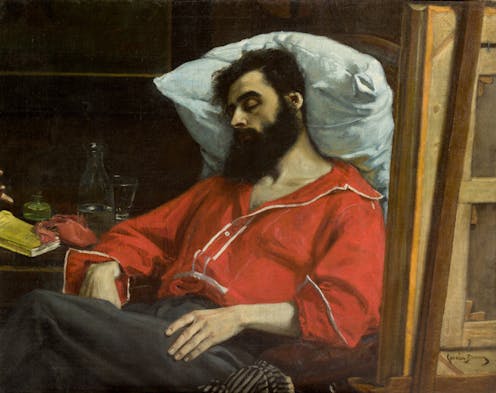The worthless life and the worthy death: euthanasia through the ages
- Written by Hugh Breakey, Deputy Director, Institute for Ethics, Governance & Law. President, Australian Association for Professional & Applied Ethics., Griffith University

Are our moral judgements about euthanasia a product of our time? If we came from a different culture, might our changed views about the worth of life and death lead us to opposite judgements?
Caitlin Mahar’s The Good Death Through Time[1] takes us on an intriguing journey through the recent history of our changing ideas about dying well. Mahar focuses on the last 200 years, paying particular attention to developments and debates in England and Australia.
Review: The Good Death Through Time – Caitlin Mahar (Melbourne University Publishing).
This attention will no doubt be of special interest to Australian readers. It reminds us that Australia has played a significant role in the development of euthanasia law and practice.

















